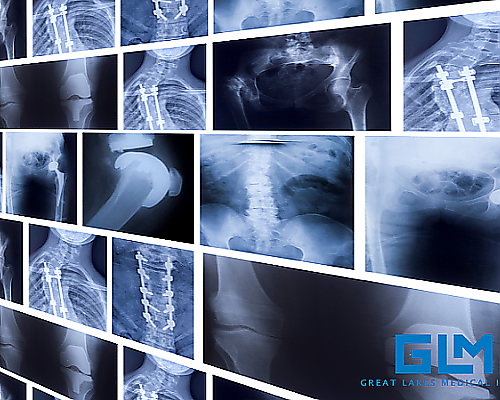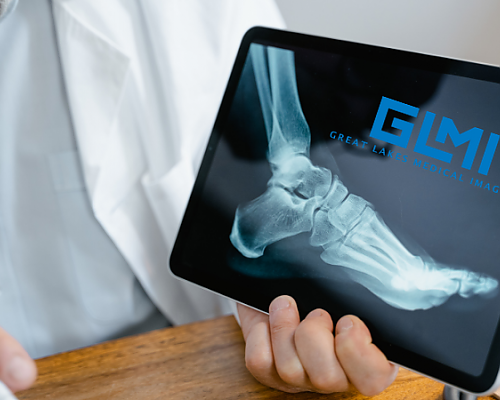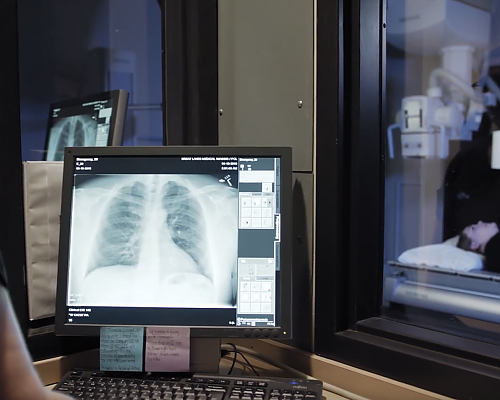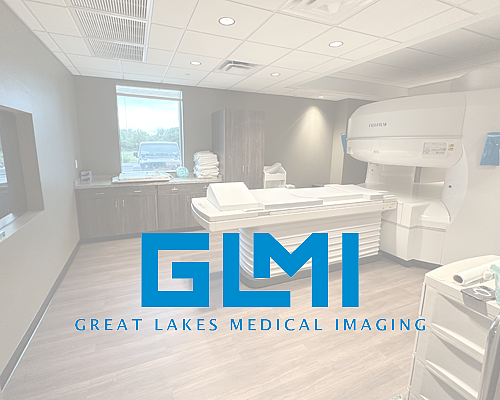Our Blog
How Can Imaging Detect Silent Heart Conditions Before Symptoms Start?

Heart disease remains one of the leading causes of death in the United States, and many cases develop without obvious symptoms. These so-called “silent” heart conditions can progress for years, putting individuals at risk for heart attacks, strokes, and other complications. For residents in Buffalo and Western New York, advanced imaging offered at Great Lakes Medical Imaging (GLMI) provides a powerful tool for early detection and prevention.
What Are Silent Heart Conditions?
Silent heart conditions are cardiovascular issues that do not produce noticeable symptoms in the early stages. These may include:
- Coronary artery disease (plaque buildup in the arteries)
- Carotid artery narrowing (linked to stroke risk)
- Early heart valve disease
- Small aneurysms in the aorta
- Silent heart attacks (damage detected only through imaging or EKG)
Without screening, these conditions often remain undetected until a major event occurs. That’s why proactive imaging is essential for individuals with risk factors or a family history of cardiovascular disease.
How Imaging Helps Detect Heart Problems Early
Imaging provides a clear view of the heart and blood vessels, allowing physicians to identify structural changes, blockages, and other warning signs. At GLMI, we use several imaging modalities to evaluate heart health:
Coronary Calcium Scoring (Low-Dose CT)
This test measures calcium buildup in the coronary arteries—a key marker of heart disease risk. Even in people with no symptoms, a high calcium score may prompt early lifestyle changes or medications to prevent future events.
Carotid Ultrasound
This non-invasive test examines the carotid arteries in the neck to check for plaque or narrowing that could increase stroke risk. It’s especially useful for patients with high blood pressure, high cholesterol, or a history of smoking.
Nuclear Stress Testing
By measuring blood flow to the heart during exercise or medication-induced stress, nuclear imaging can reveal hidden blockages and areas of reduced function that might not appear at rest.
Echocardiography
An echocardiogram uses ultrasound to visualize heart structure and function, identifying valve issues, heart enlargement, or other abnormalities before symptoms develop.
Who Should Consider Early Heart Imaging?
While anyone can benefit from preventive screening, certain individuals are at higher risk and should discuss imaging with their healthcare provider. Risk factors include:
- Family history of heart disease
- High cholesterol or high blood pressure
- Diabetes or metabolic syndrome
- Obesity or sedentary lifestyle
- History of smoking
- Age 50 and older (or earlier for those with multiple risk factors)
Even if you feel healthy, imaging can reveal early changes that allow for timely intervention and potentially life-saving treatment.
Why Buffalo Residents Choose GLMI for Cardiac Imaging
GLMI is a trusted resource for comprehensive heart imaging in Buffalo and Western New York. Our outpatient centers offer convenient, cost-effective alternatives to hospital-based imaging without sacrificing quality or accuracy. Benefits include:
- State-of-the-art imaging technology, including low-dose CT and advanced ultrasound
- Board-certified radiologists with cardiovascular imaging experience
- Multiple locations across the region, including Williamsville, Cheektowaga, and Orchard Park
- Fast scheduling and quick turnaround times on results
Integrating Imaging into Preventive Care
Imaging should be part of a broader preventive strategy, which includes lifestyle changes, regular checkups, and blood work. By identifying silent heart conditions early, GLMI helps patients and physicians create personalized plans to reduce risk and improve long-term heart health.
Schedule Your Cardiac Screening in Buffalo Today
Don’t wait for symptoms to appear. If you have risk factors or simply want peace of mind, schedule a cardiac imaging appointment with GLMI today. Our friendly, experienced staff is here to help you take charge of your heart health and prevent future complications.
Medical Disclaimer: This article is for informational purposes only and should not be used as a substitute for professional medical advice. Always consult with your physician or a qualified healthcare provider about your specific health needs and before undergoing any diagnostic imaging.
‹ Back









